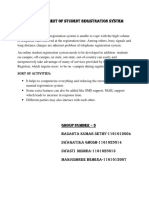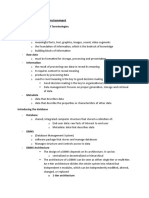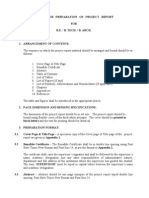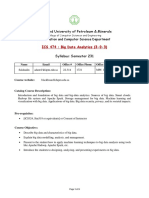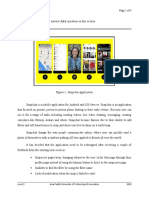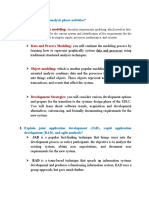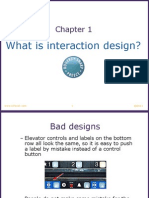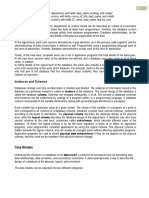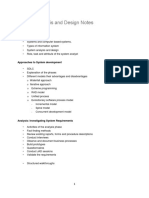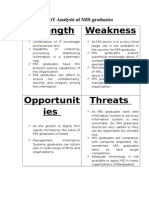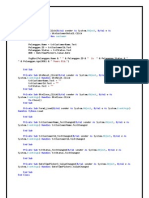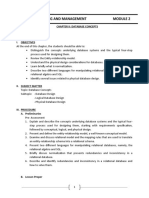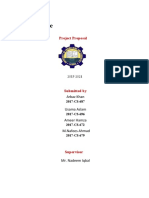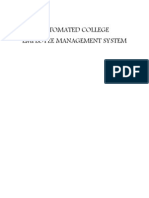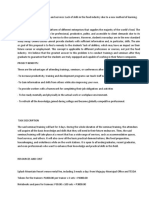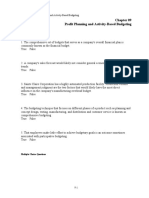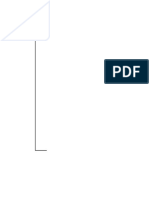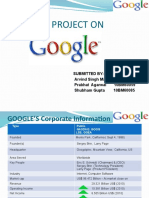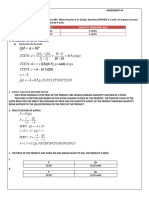0% found this document useful (0 votes)
301 views13 pagesDatabase Assignment
This document outlines a proposed database design for a human resources management system. It identifies the main entities as employee, department, salary, performance, human resources, benefits, and leave. It then describes each entity and determines their attributes. The document also discusses the relationships between entities, cardinalities, and participation. Finally, it provides instructions for the assignment.
Uploaded by
yamunahCopyright
© © All Rights Reserved
We take content rights seriously. If you suspect this is your content, claim it here.
Available Formats
Download as DOC, PDF, TXT or read online on Scribd
0% found this document useful (0 votes)
301 views13 pagesDatabase Assignment
This document outlines a proposed database design for a human resources management system. It identifies the main entities as employee, department, salary, performance, human resources, benefits, and leave. It then describes each entity and determines their attributes. The document also discusses the relationships between entities, cardinalities, and participation. Finally, it provides instructions for the assignment.
Uploaded by
yamunahCopyright
© © All Rights Reserved
We take content rights seriously. If you suspect this is your content, claim it here.
Available Formats
Download as DOC, PDF, TXT or read online on Scribd
/ 13




